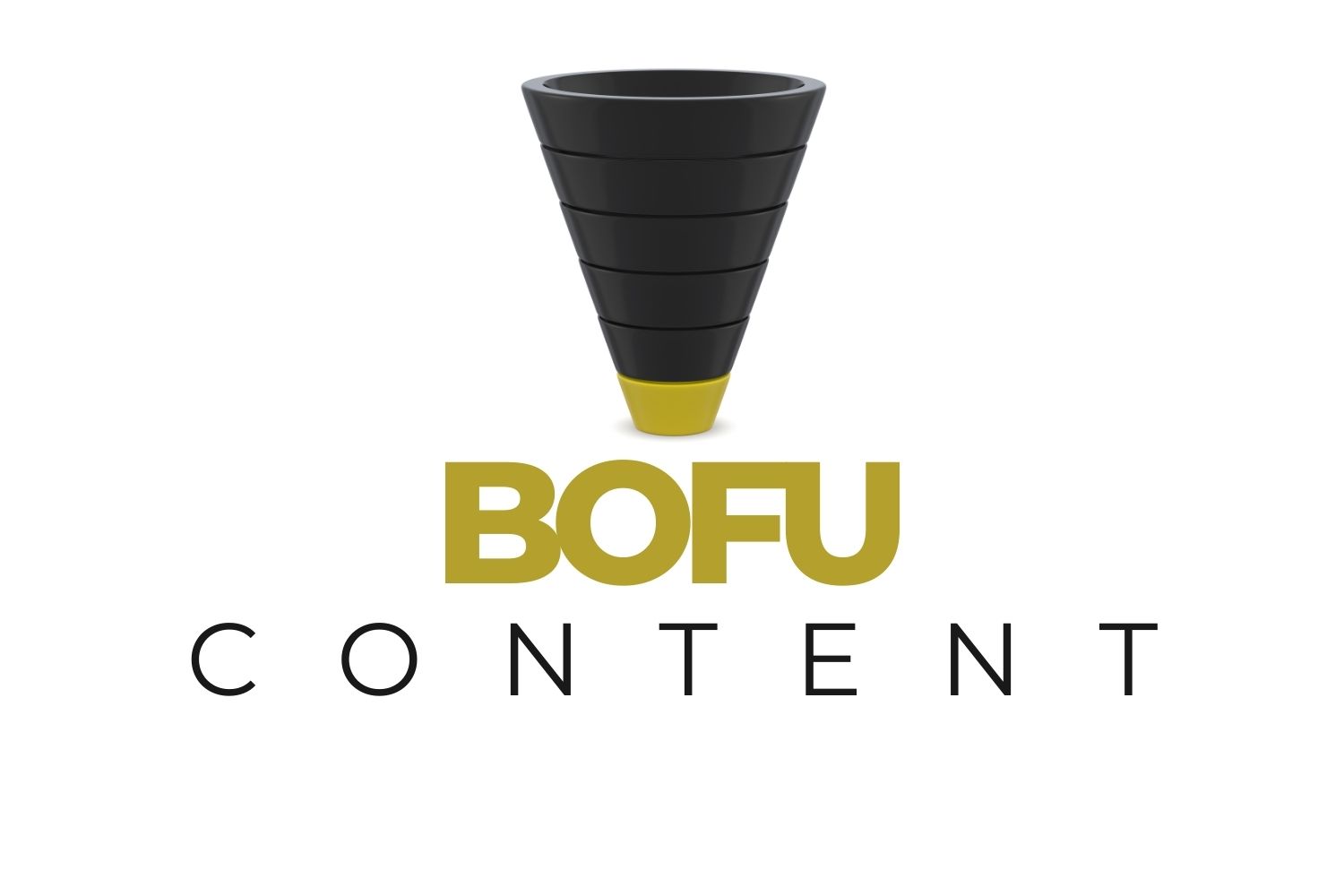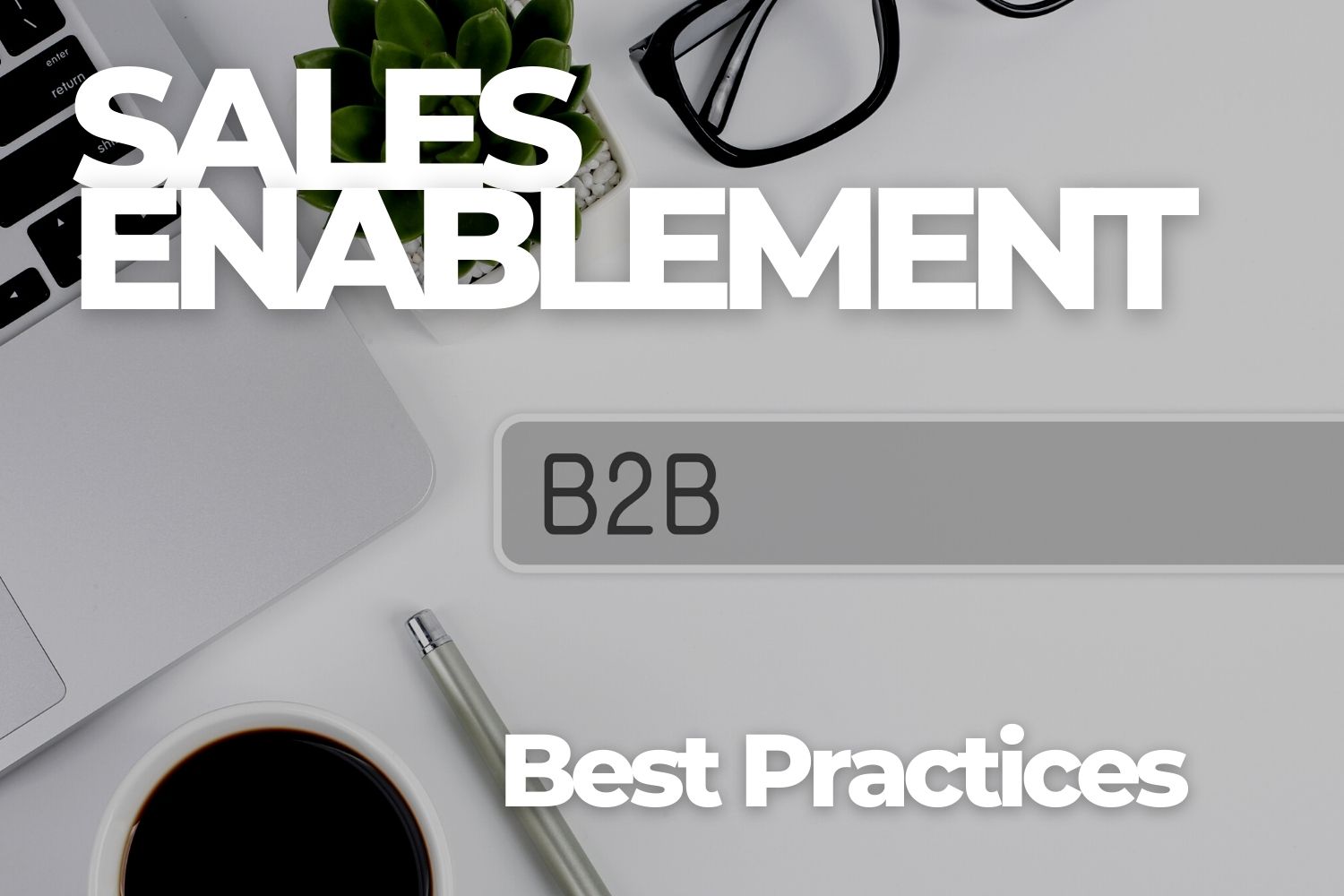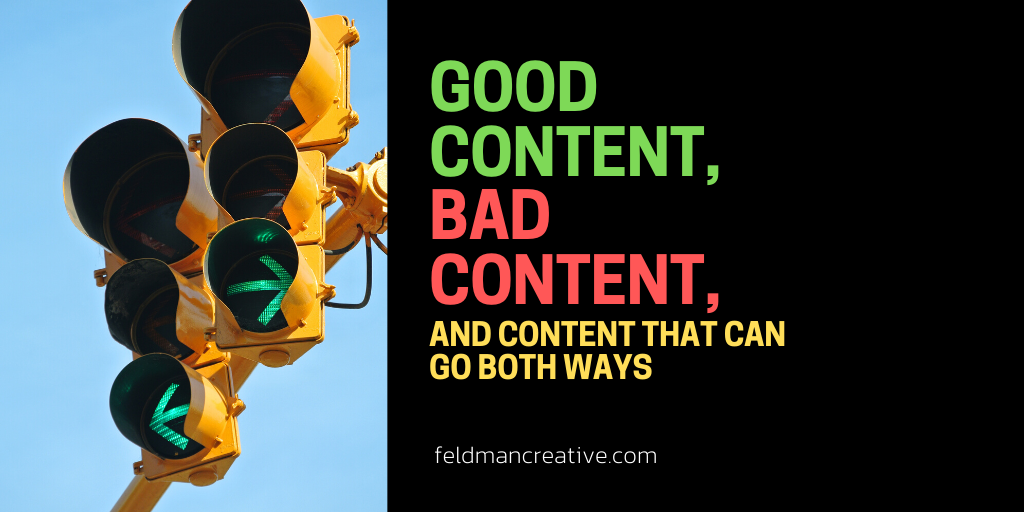An Interview with Deana Goldasich
(Plus… The Mighty “Mad Dash,” My Favorite Post of 2014)
My favorite post of 2014 was written by my friend Deana Goldasich (@goldasich), CEO of WellPlannedWeb, specialists in content solutions exclusively for thought leaders. Actually, Deana and I were just pen pals. We had met a few years back at Content Marketing World. Our conversations in the past had been about Rick Springfield and Jelly Belly candy.
But then she penned this mighty manifesto. Deana came out swinging with a message that said, in no uncertain terms, if you want to succeed with content marketing you have to create ultra-meaningful content. You have to lock eyes with the audience. You have to go far past good.
She said those racing to create content in quantity create poop. She really did. You’ll see.
Deana’s post resonated with me so much I had to ask for an interview. She agreed. So I have for you here, not only the post of the year, but a fun and informative 25 minutes with Deana. Watch. Read. Enjoy. And make 2015 the year you go deep.
Here’s the post in its entirely, republished by permission.
Why the “Mad Dash” to Content is Coming to an End

It’s no secret that Content Marketing has been the “mad-dash marketing” theme in recent years. For good reason. Content Marketing works when done right — especially for B2B marketers looking to help prospects research a complex product or service. But, word got out and we humans tend to spread (and tweak) any promises of instant profit like wildfire.
The Hype Cycle
Content Marketing has followed the Gartner Hype Cycle to a “T.” The Peak of Inflated Expectations included a flood of marketers looking to become the ultimate content-generating machines — pumping out as much content as possible. After all, during the hype, one could point to exploding editorial calendars, busy blogs and never-ending lists of ideas — all to get a collective hype-driven “hurray” from their superiors. Those same marketers were hoping their slew of content would skyrocket Google rankings.

Moving Into Productivity & Value
Fortunately, as we emerge from the peak, we’re now entering an era of Content Marketing Productivity. In short, Content Marketing will no longer be hailed for simply existing in a marketing plan — now it will be measured by its ability to “lock eyes” with B2B prospects as they research and make their decision.
Now, for the Numbers…
Proof: Quality Trumps Quantity
In a recent survey, B2B buyers said that the vendor they chose:
 Delivered content that had a significant impact on their buying decision (68%)
Delivered content that had a significant impact on their buying decision (68%)
- Delivered a better mix of content appropriate for each stage of the purchasing process (61%)
- Provided higher quality content than other vendors (66%)
- Produced content that was more conducive to building a business case for the purchase (63%)
At the same time, respondents did not agree or disagree that their winning vendor produced more content during the purchasing process — a sign that the amount of distributed content isn’t as relevant as the quality.
Source: DemandGen: 2014 B2B Buyer Behavior Survey (Twitter: @DG_Report)
As for SEO and Google rankings? Well, Google spoke volumes about quality over quantity with it’s Penguin and Panda updates — continuing its firm move towards serving up quality search results for its visitors.
Proof: Results Can’t Be Rushed
During the Peak of Inflated Expectations, many companies expected that waving the “magic content wand” would force prospects to make their decisions faster — generating a flood instant sales.
In fact, 40% of survey respondents say they waited longer than last year to initiate contact with B2B vendors.
Why? Perhaps because more than two thirds (68%) of respondents agreed that the number of content sources used to research and evaluate purchases has increased over the past year.
The Bottom Line: As with consumers, B2B buyers now have more information at their fingertips than ever before. They want to measure, learn and form an argument (make a case to their boss) before ever engaging with a vendor’s salesperson. It seems it’s more dire than ever for B2B players to play their part in meeting prospects with quality content.
One could argue that content has actually extended the decision cycle — but has made prospects more confident and satisfied along the way.
What it All Means
The evidence is clear that content marketing is becoming a standard for lead generation, lead nurturing and increased visibility online. But, now that the hype cycle is shifting, it’s important for you and your team to conduct a “gut check” of your content marketing motives.
Keep the following “must-do’s” in mind ahead of diving into any content marketing effort:
1. Immerse Yourself In Your Audience
This doesn’t mean know their demographics or your typical target company size. You must dig deep into each decision maker, what makes them tick and what keeps them up at night.
A word of warning: Don’t settle for superficial or half-hearted audience exploration or documentation. Exhaustive and detailed profiling of your audiences holds everyone accountable through every stage of the content marketing cycle — VPs, writers, strategists, distributors, designers… you name it. Every editorial and marketing decision should map back to your audience pain points and needs. Period.
2. Examine Your Buyer’s Journey
Do you truly understand every stage of research, questions and stumbling blocks that the buyer faces? The content you create to generate awareness will be very different than the content you deliver to help the buyers justify the purchase to their boss.
How about after they become a customer? Are you generating meaningful content to retain their business or to get referrals?
3. Commit to Creating “Mission Critical” Content
Diving into Content Marketing without a solid goal of locking eyes with your customer is like proposing marriage before you’ve ever dated.
Recognize the difference between “good” content ideas and “Mission Critical” content — the content that’s bound to put you on the short list.
4. Drop the “Machine” Mentality
Dedicate budget and resources to quality content — not to a mindless machine that pumps out content for content sake.








